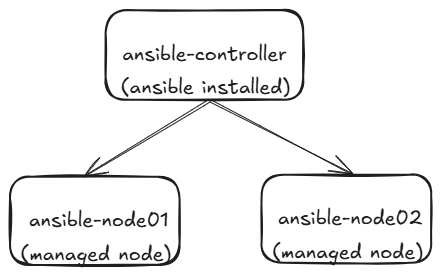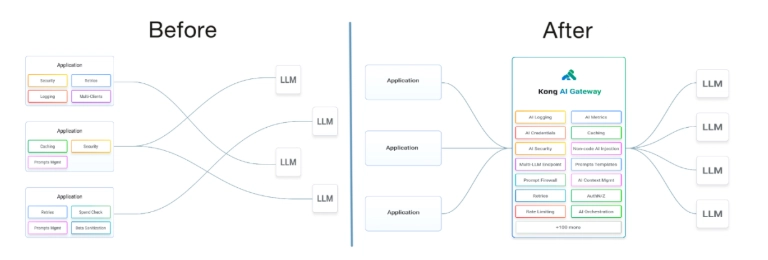“Today, we step into Act Two — where Vagrant doesn’t just spin up machines, but lays the foundation for something greater: Ansible.” In a world where infrastructure tools often compete with complexity, Ansible sets itself apart by keeping things refreshingly simple. It’s like that developer who shows up early, fixes half the issues before standup, and does it all with nothing more than YAML, SSH, and quiet confidence. Ansible uses simple, human-readable scripts written in YAML, called playbooks, to automate tasks. You declare the desired state of a local or remote system, and Ansible ensures it stays that way. It’s agentless, relying on SSH for communication and Python on the target machines to execute tasks — no daemons, no fuss. Why Build a Local Lab? Before you deploy Ansible in production or try to tame a horde of cloud VMs, you need a safe space to test, break, and experiment. Enter Vagrant. With it, we can spin up a lightweight lab on your laptop:

“Today, we step into Act Two — where Vagrant doesn’t just spin up machines, but lays the foundation for something greater: Ansible.”
In a world where infrastructure tools often compete with complexity, Ansible sets itself apart by keeping things refreshingly simple. It’s like that developer who shows up early, fixes half the issues before standup, and does it all with nothing more than YAML, SSH, and quiet confidence.
Ansible uses simple, human-readable scripts written in YAML, called playbooks, to automate tasks. You declare the desired state of a local or remote system, and Ansible ensures it stays that way. It’s agentless, relying on SSH for communication and Python on the target machines to execute tasks — no daemons, no fuss.
Why Build a Local Lab?
Before you deploy Ansible in production or try to tame a horde of cloud VMs, you need a safe space to test, break, and experiment.
Enter Vagrant.
With it, we can spin up a lightweight lab on your laptop:

































































![Apple Drops New Immersive Adventure Episode for Vision Pro: 'Hill Climb' [Video]](https://www.iclarified.com/images/news/97133/97133/97133-640.jpg)

![Most iPhones Sold in the U.S. Will Be Made in India by 2026 [Report]](https://www.iclarified.com/images/news/97130/97130/97130-640.jpg)













































































































_Olekcii_Mach_Alamy.jpg?width=1280&auto=webp&quality=80&disable=upscale#)























































































![[The AI Show Episode 144]: ChatGPT’s New Memory, Shopify CEO’s Leaked “AI First” Memo, Google Cloud Next Releases, o3 and o4-mini Coming Soon & Llama 4’s Rocky Launch](https://www.marketingaiinstitute.com/hubfs/ep%20144%20cover.png)




























































































































































































































.jpg?width=1920&height=1920&fit=bounds&quality=70&format=jpg&auto=webp#)








